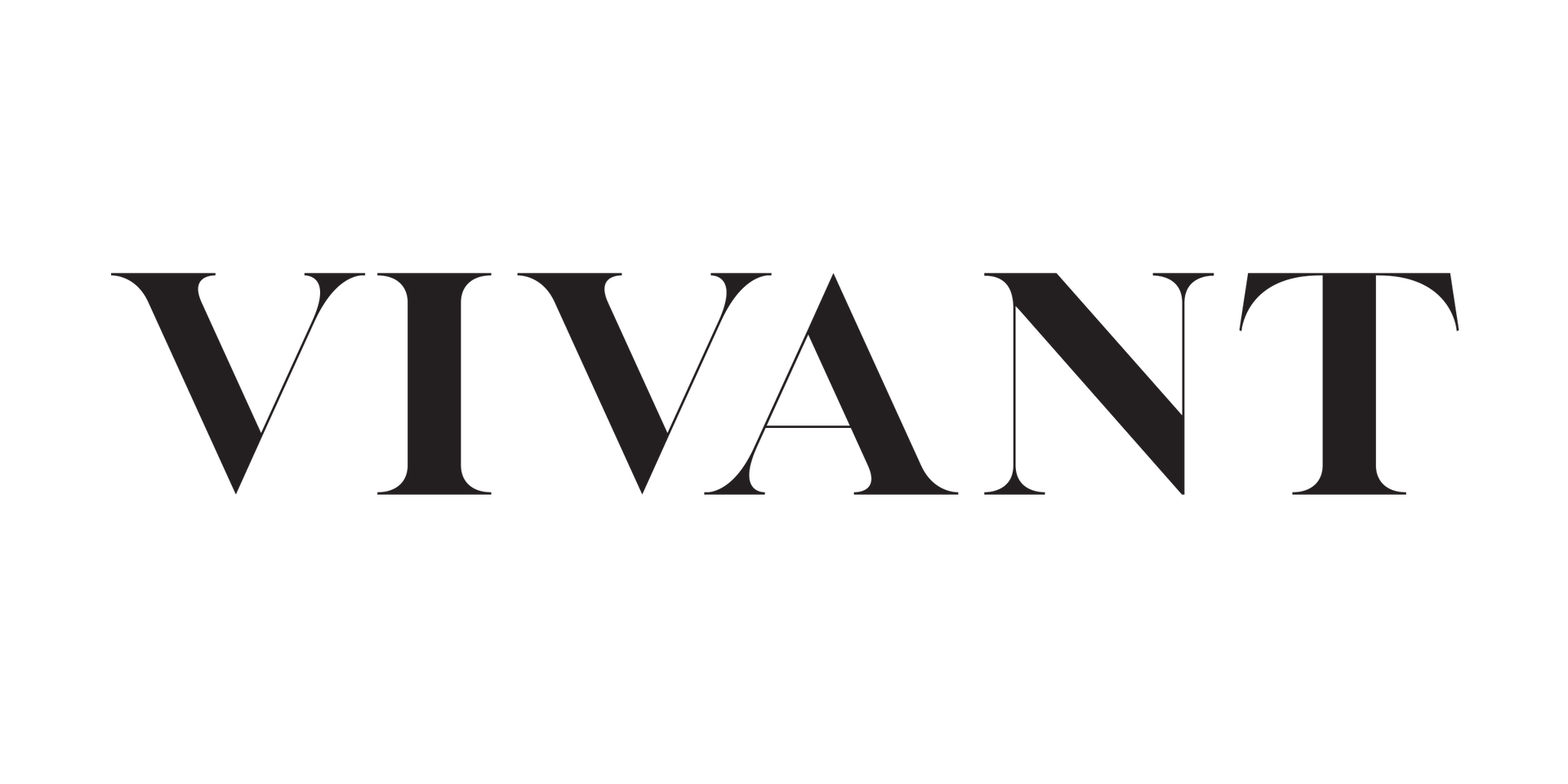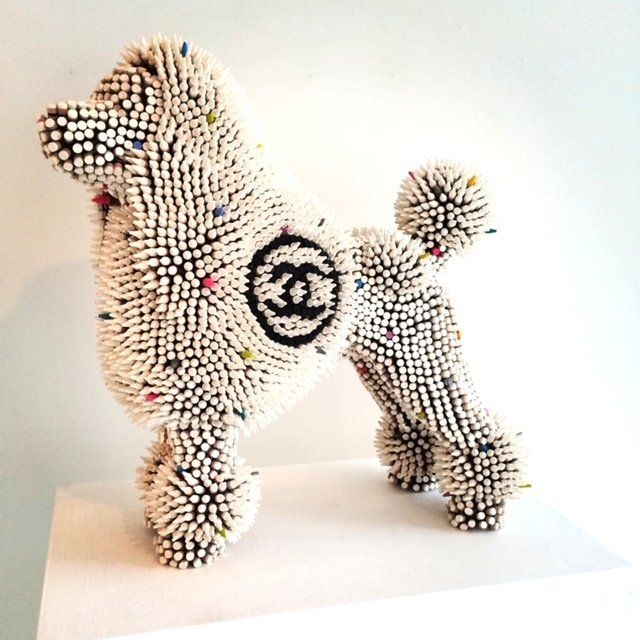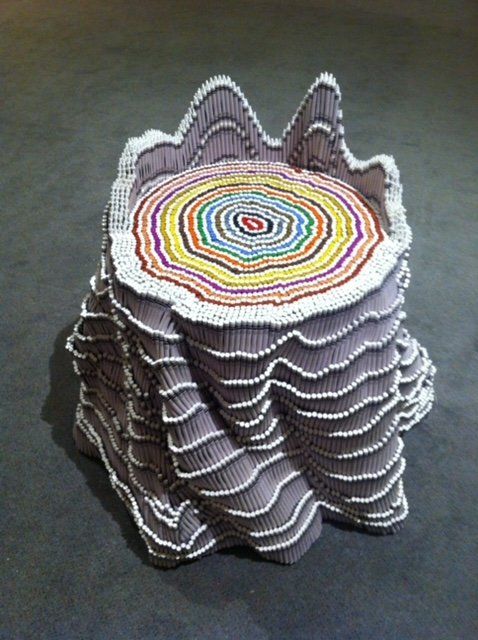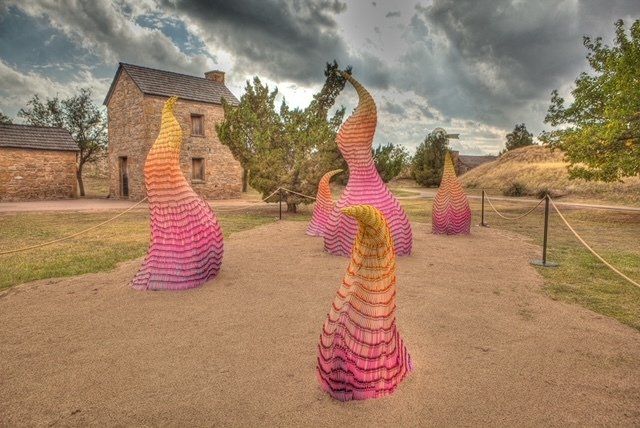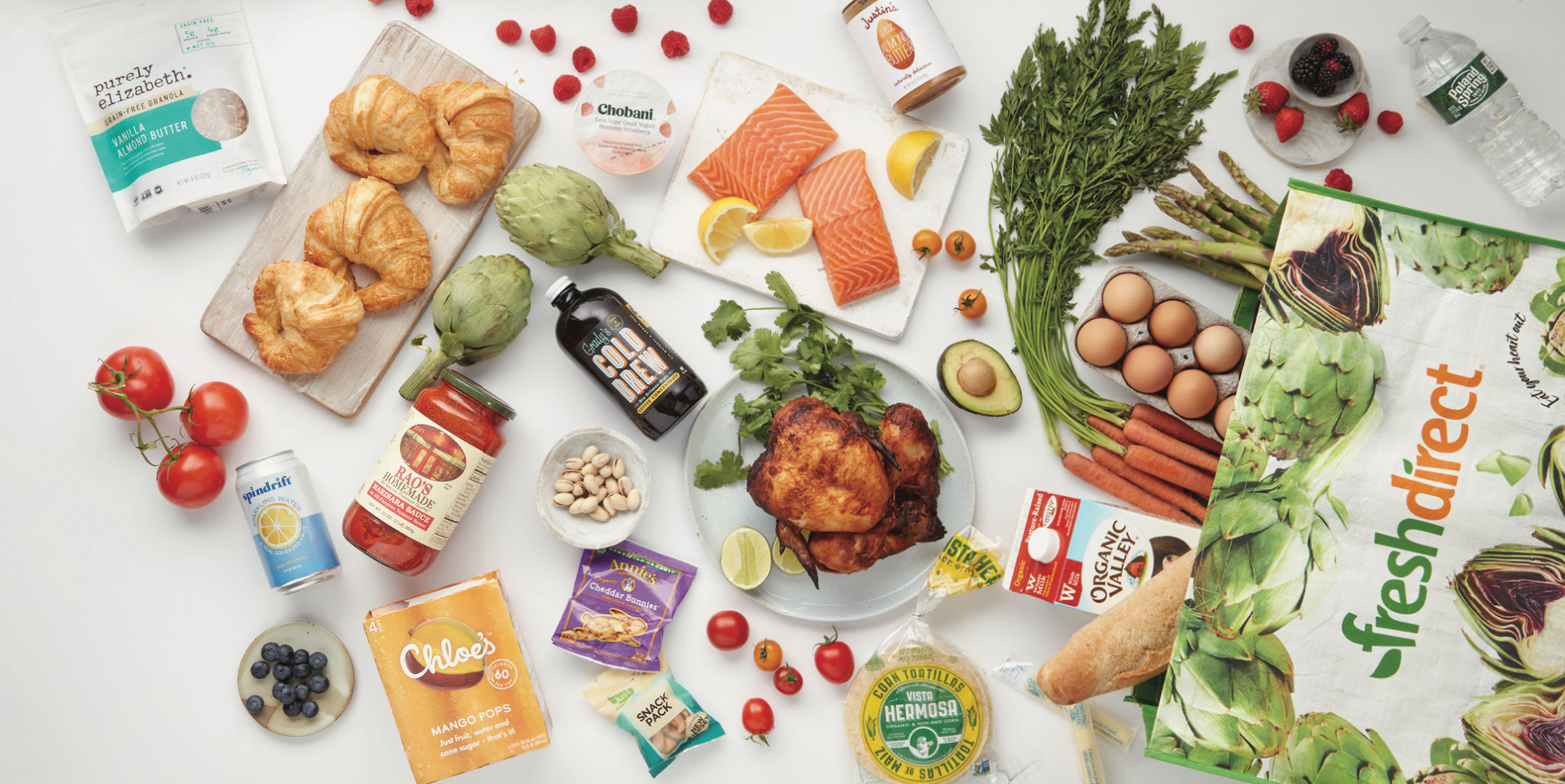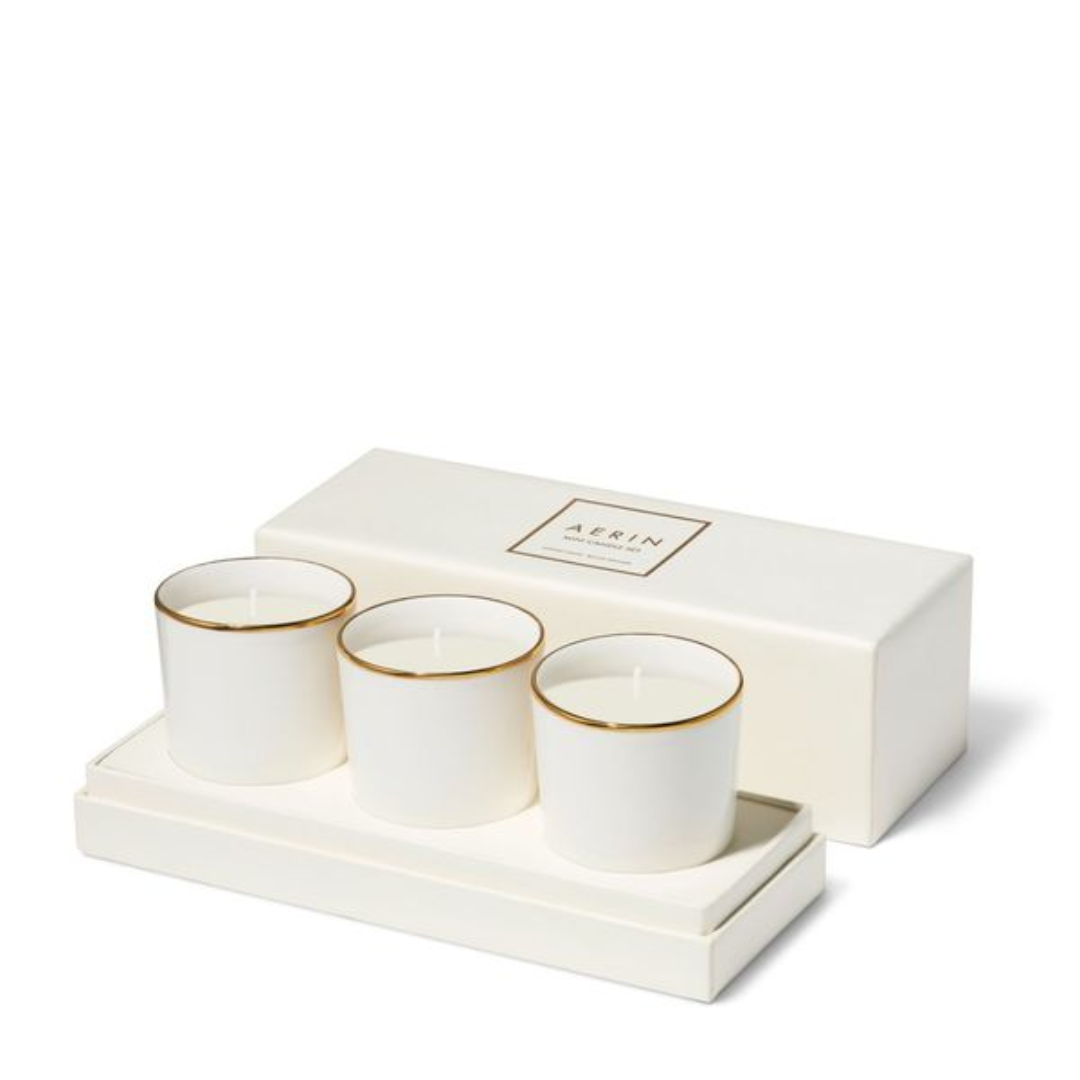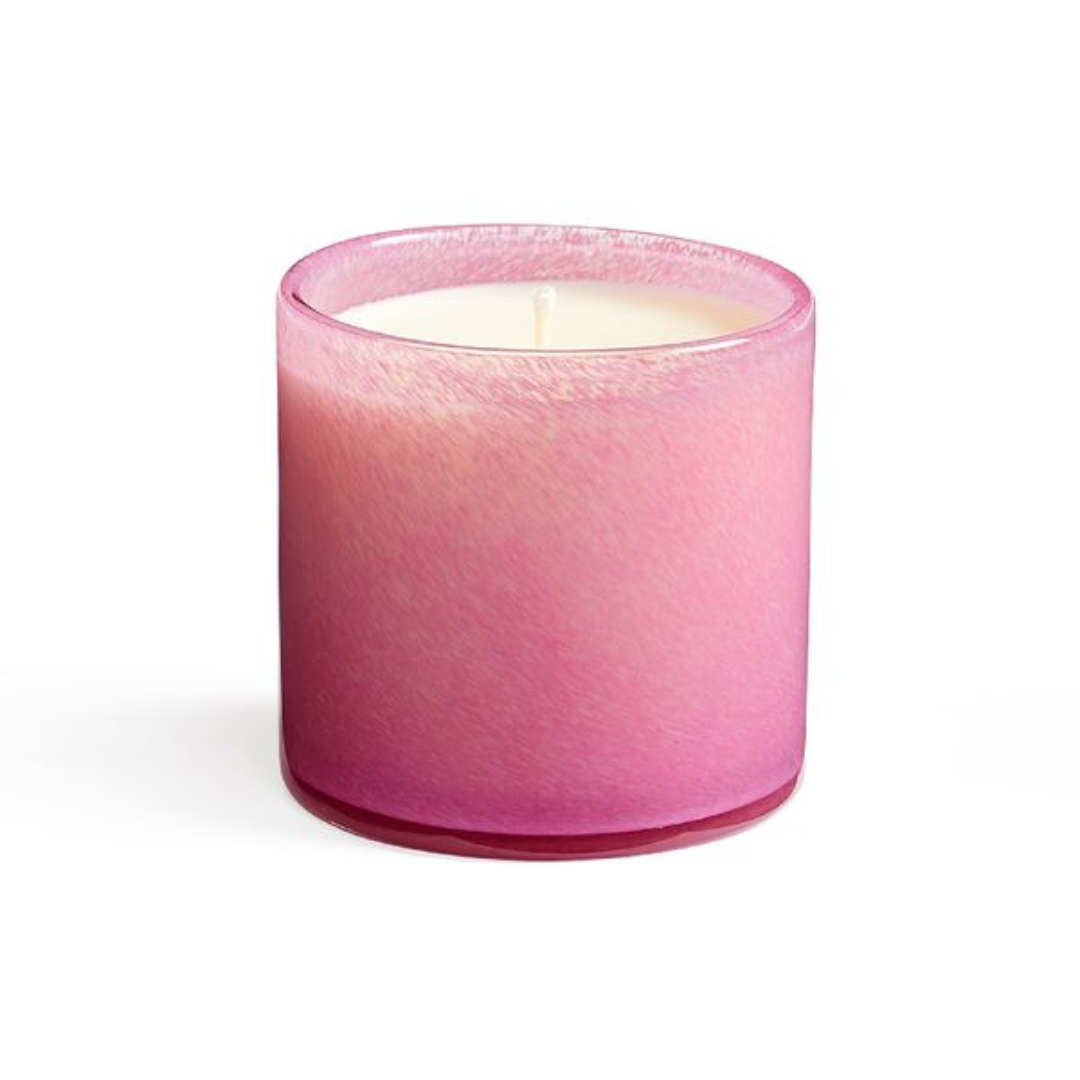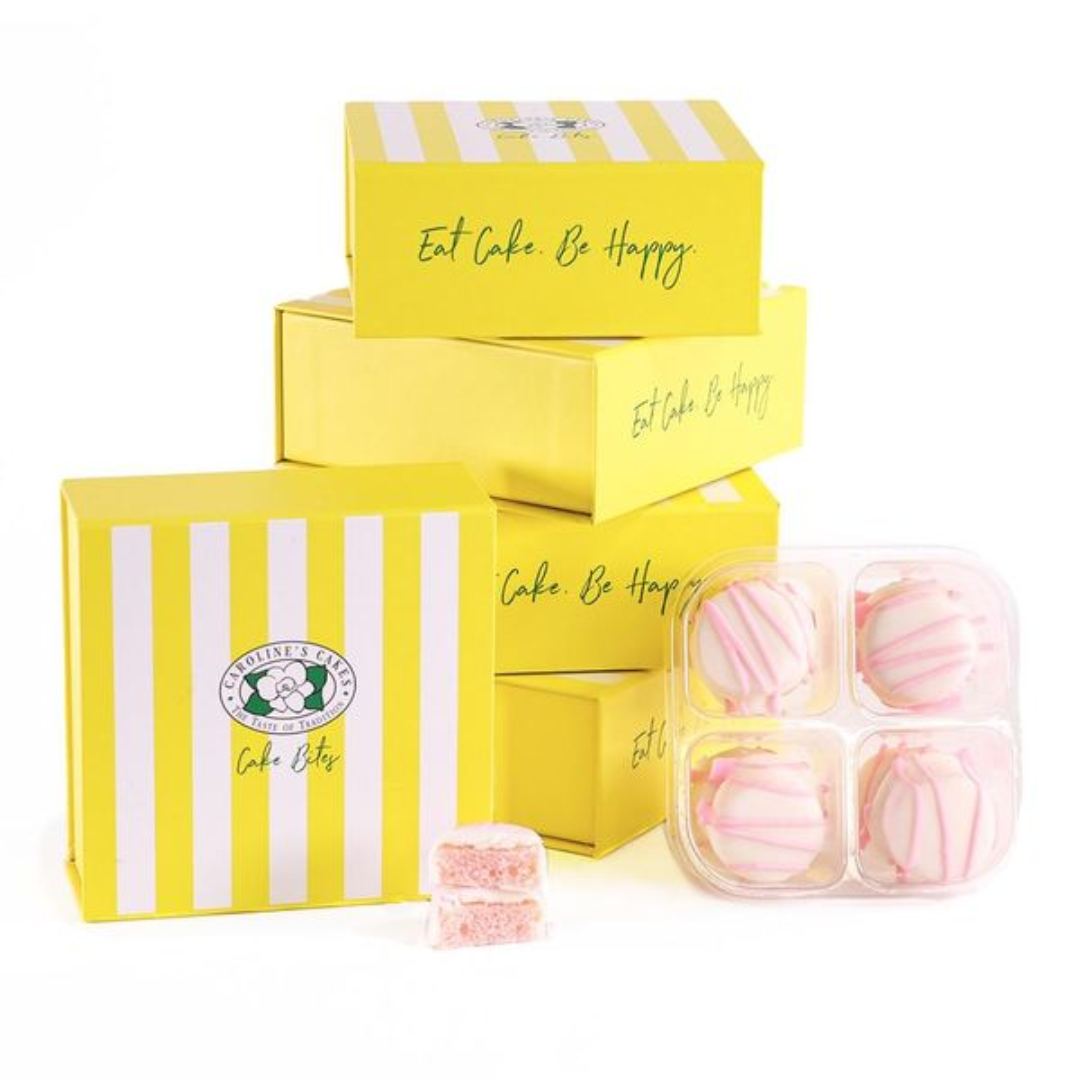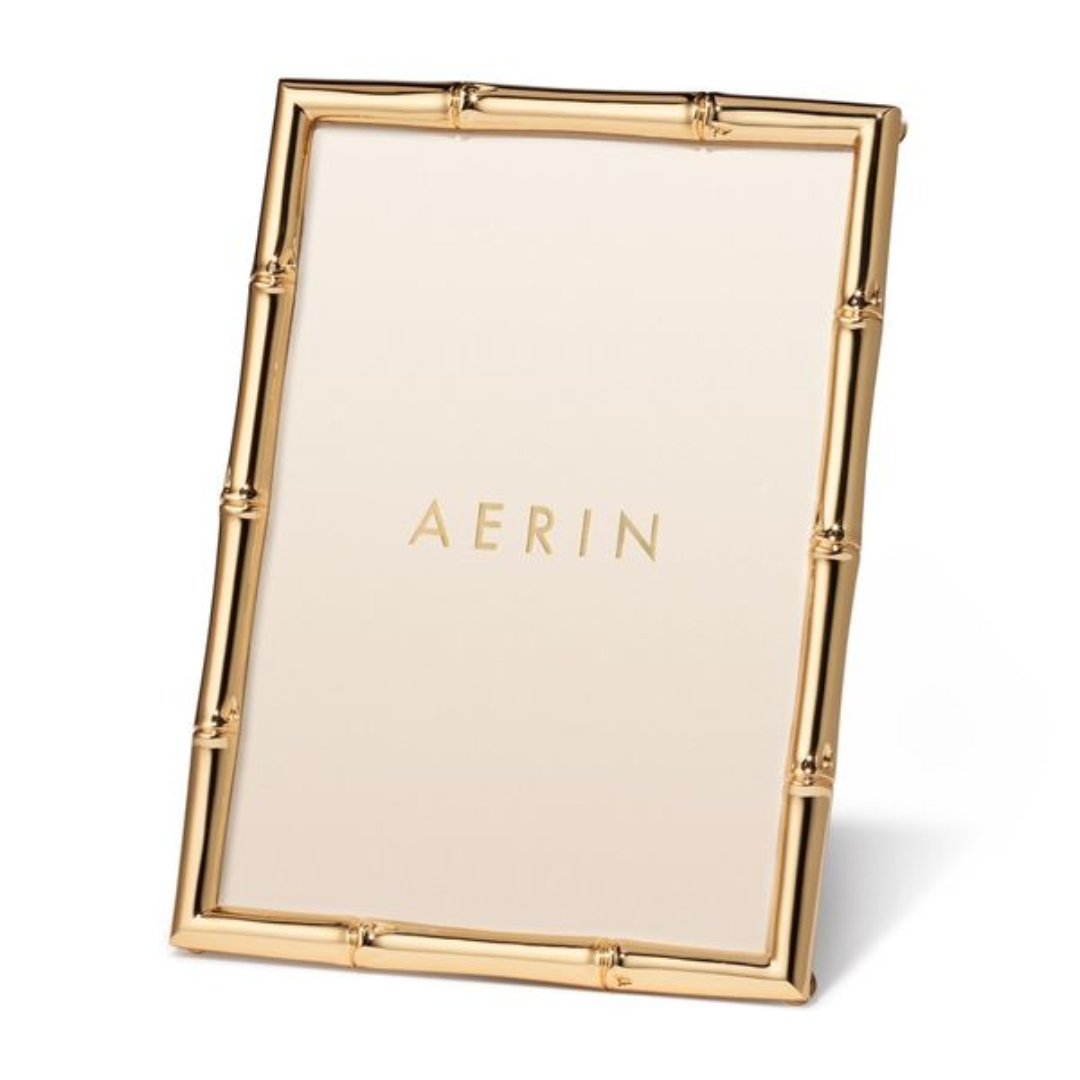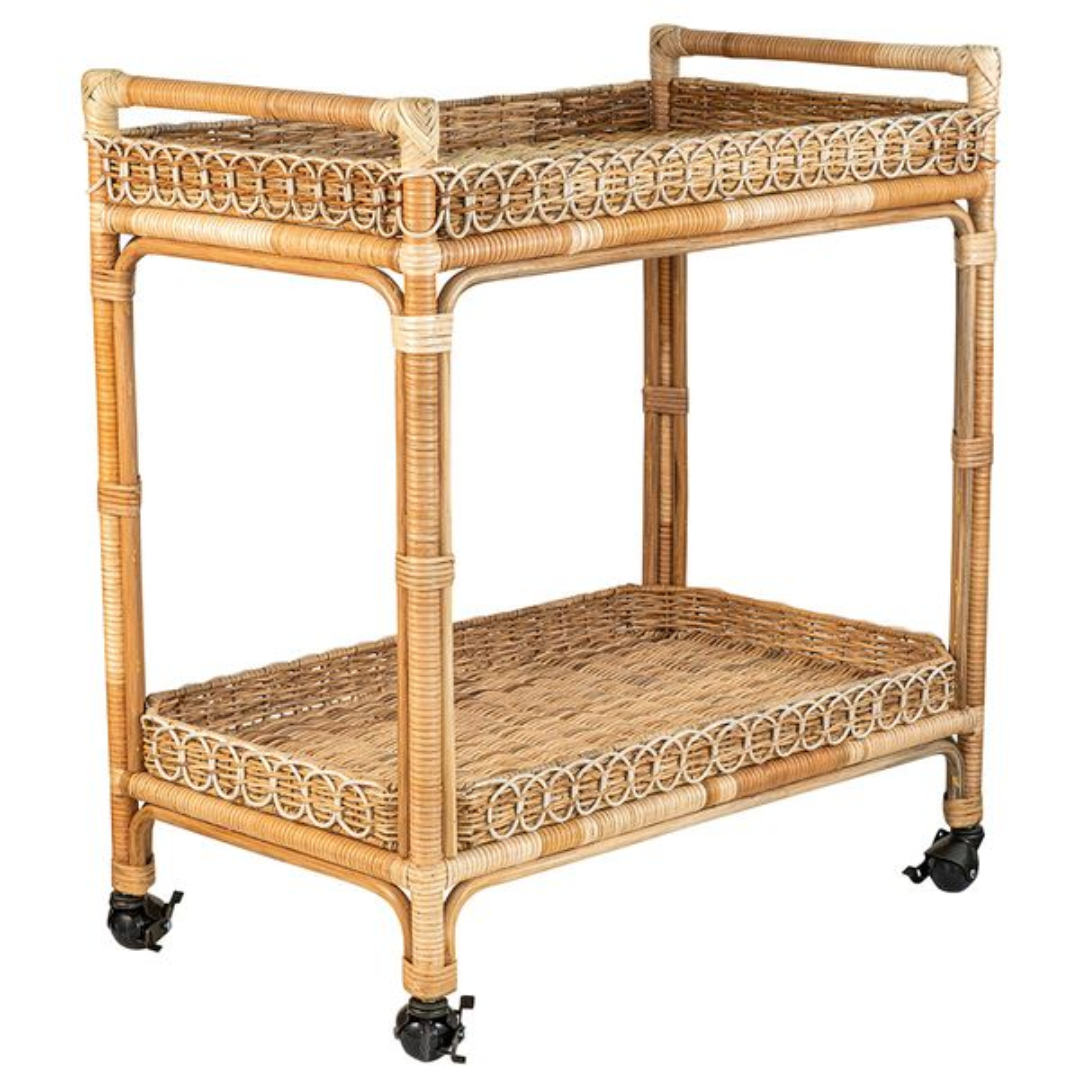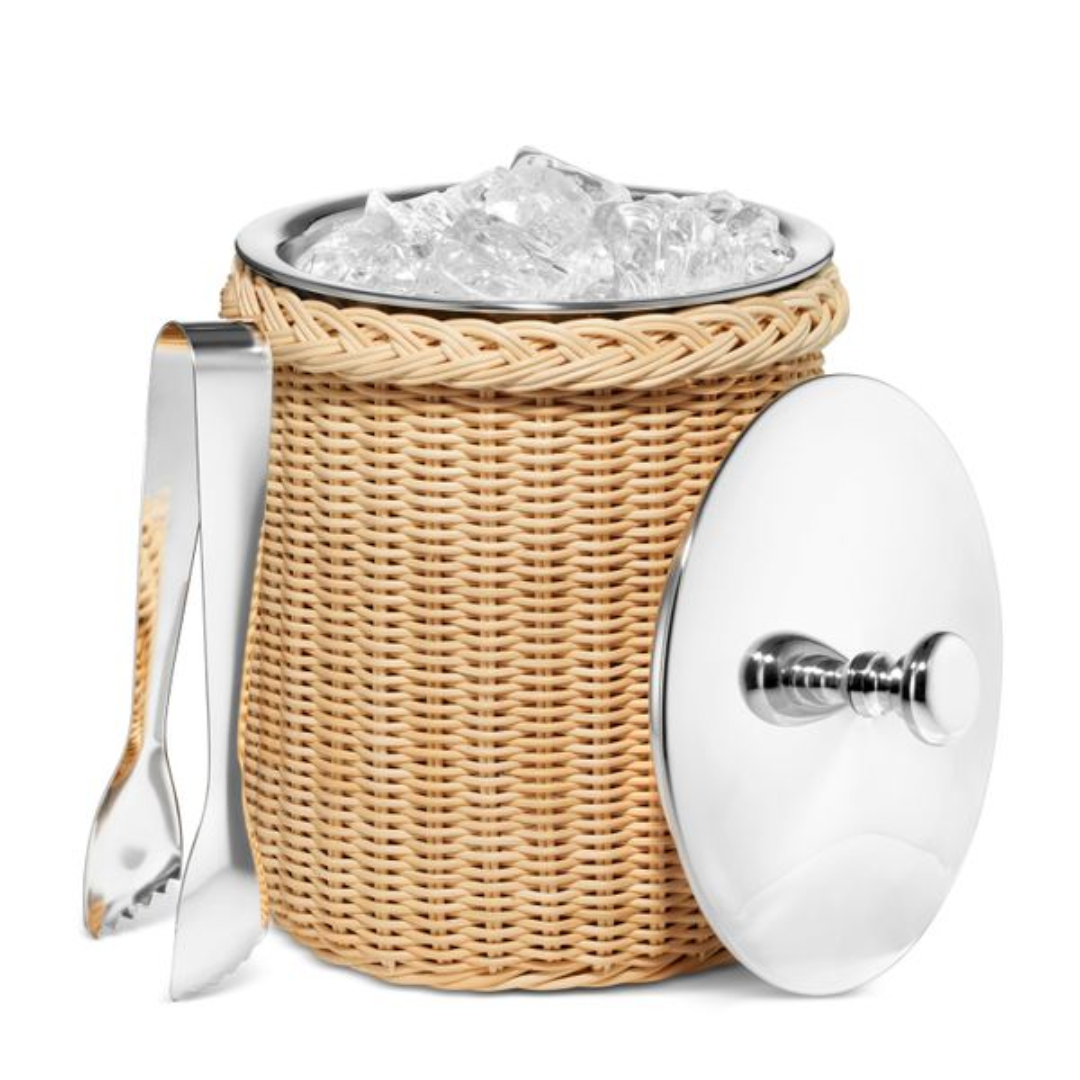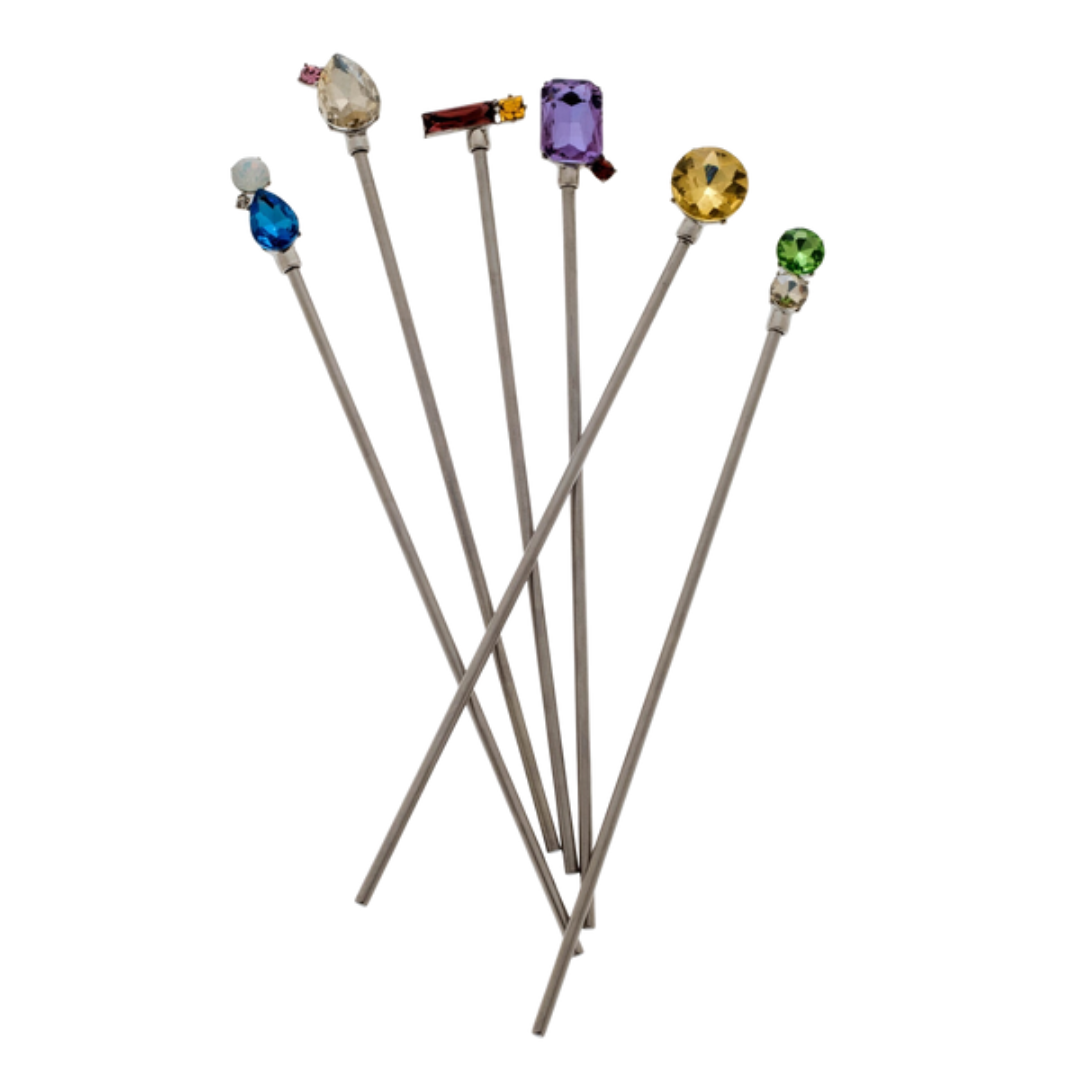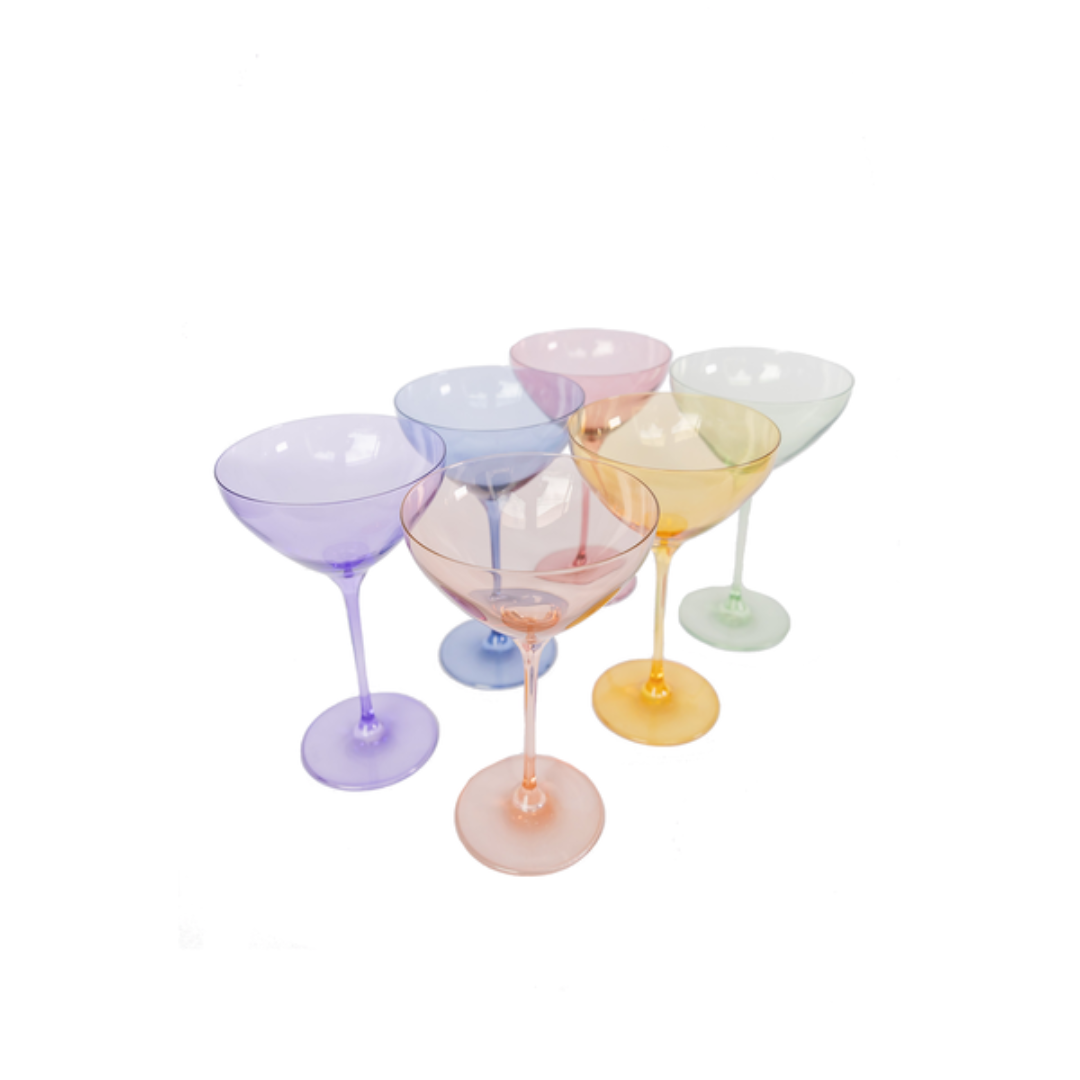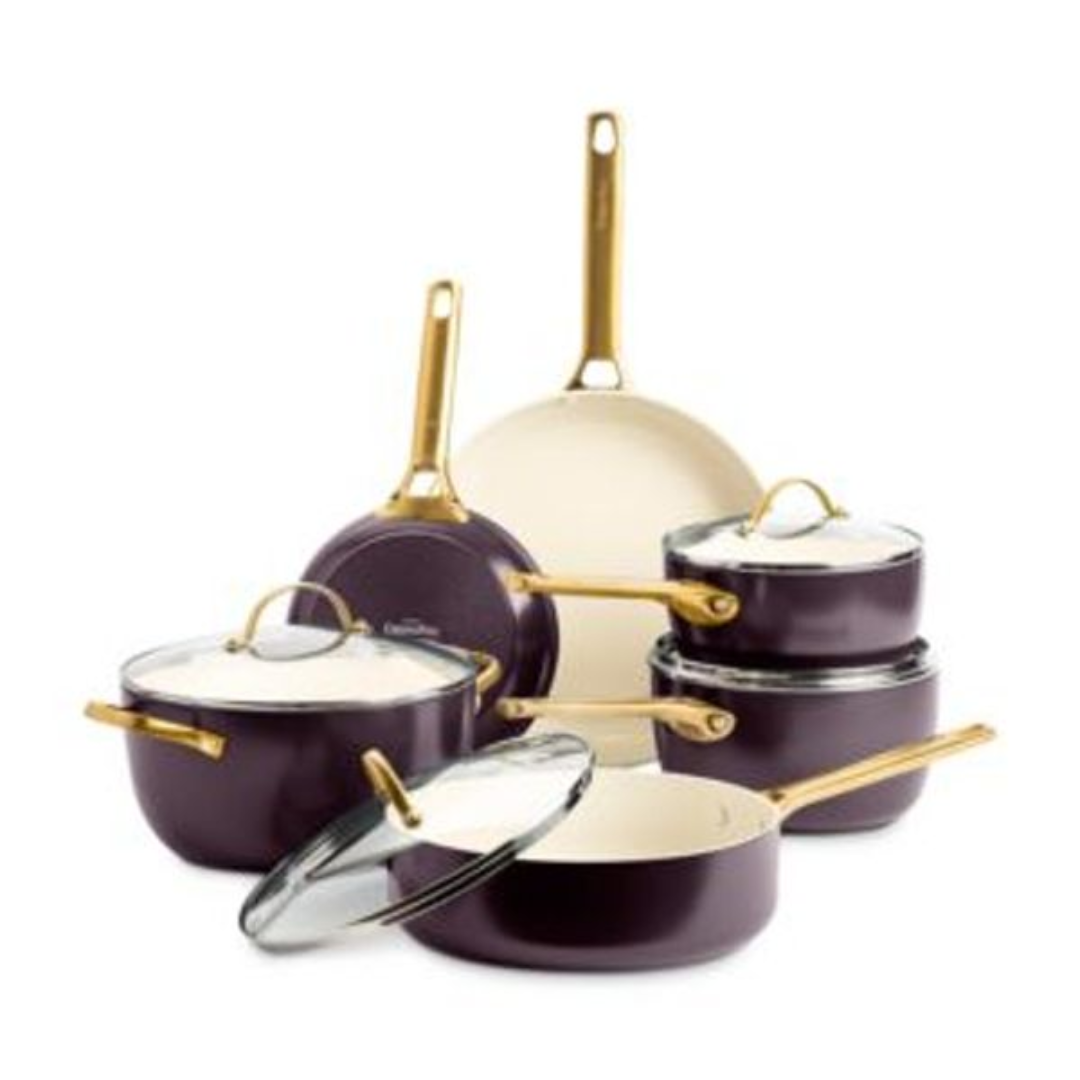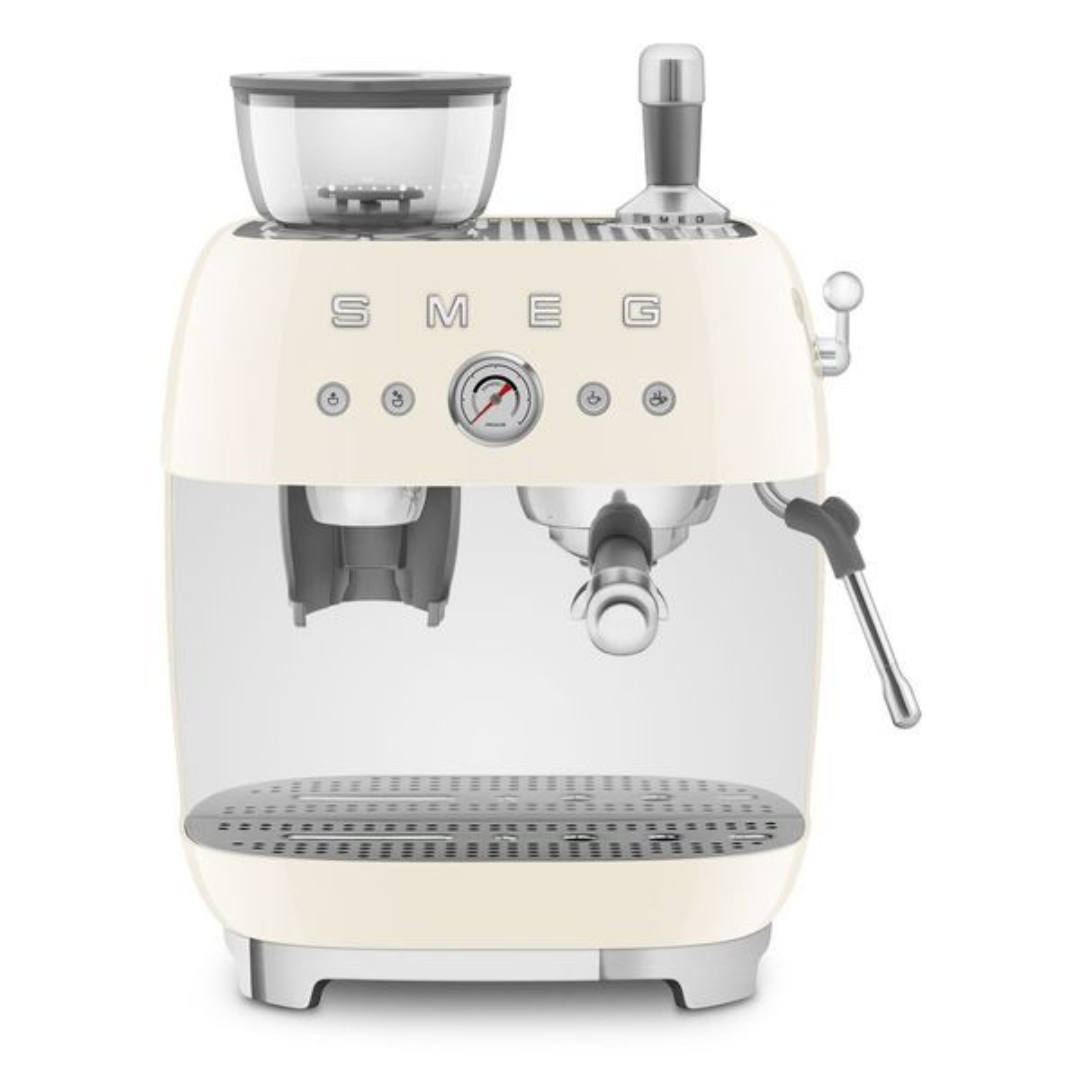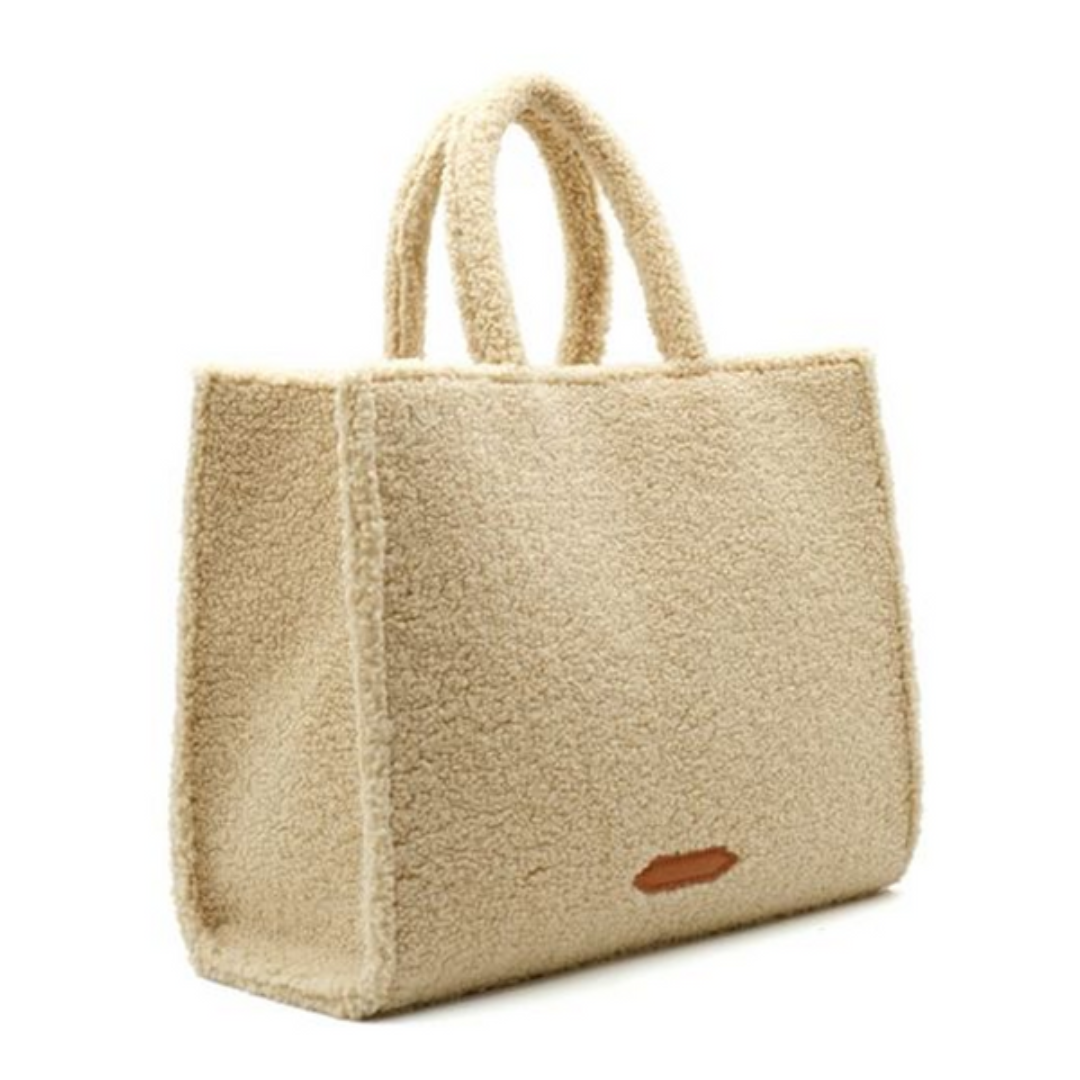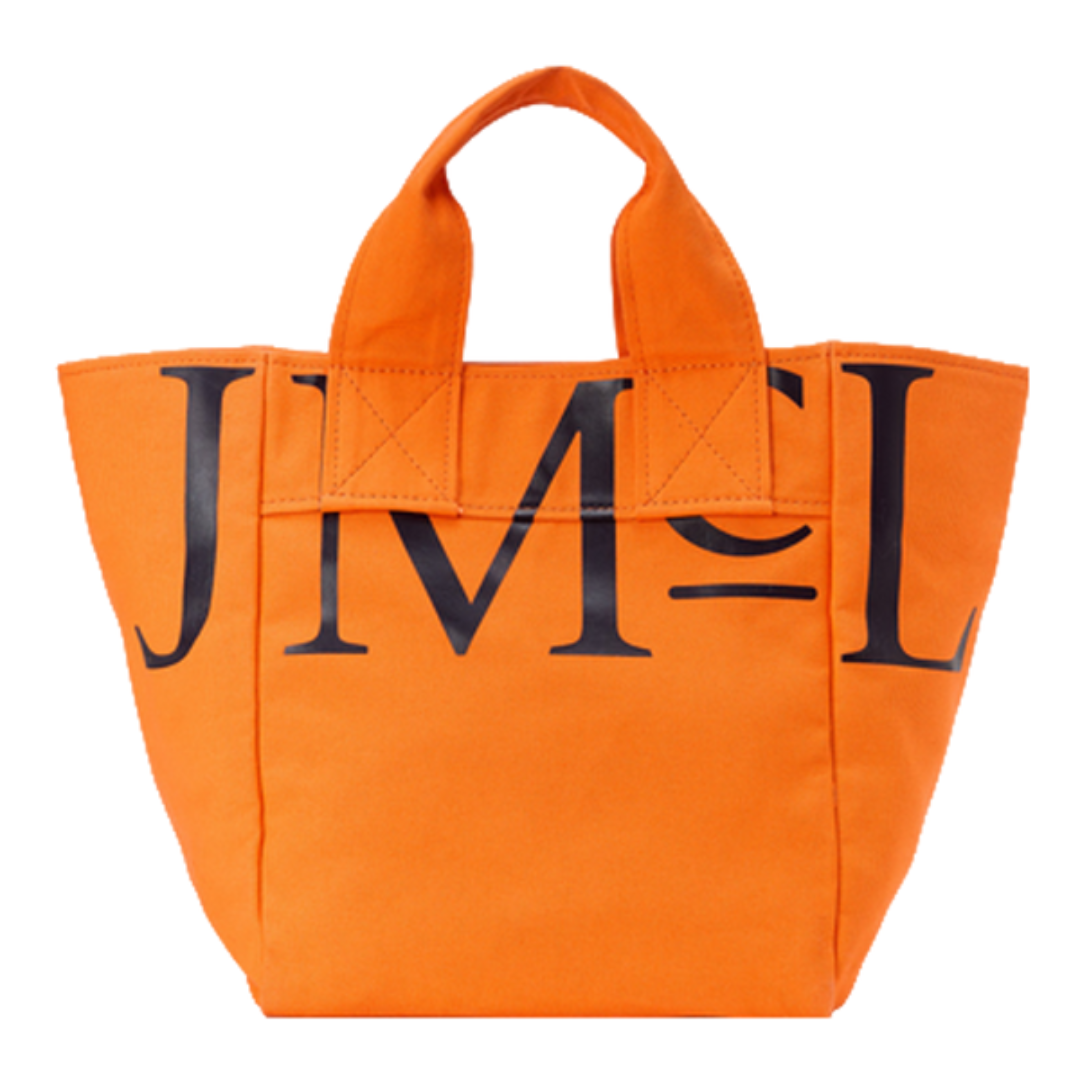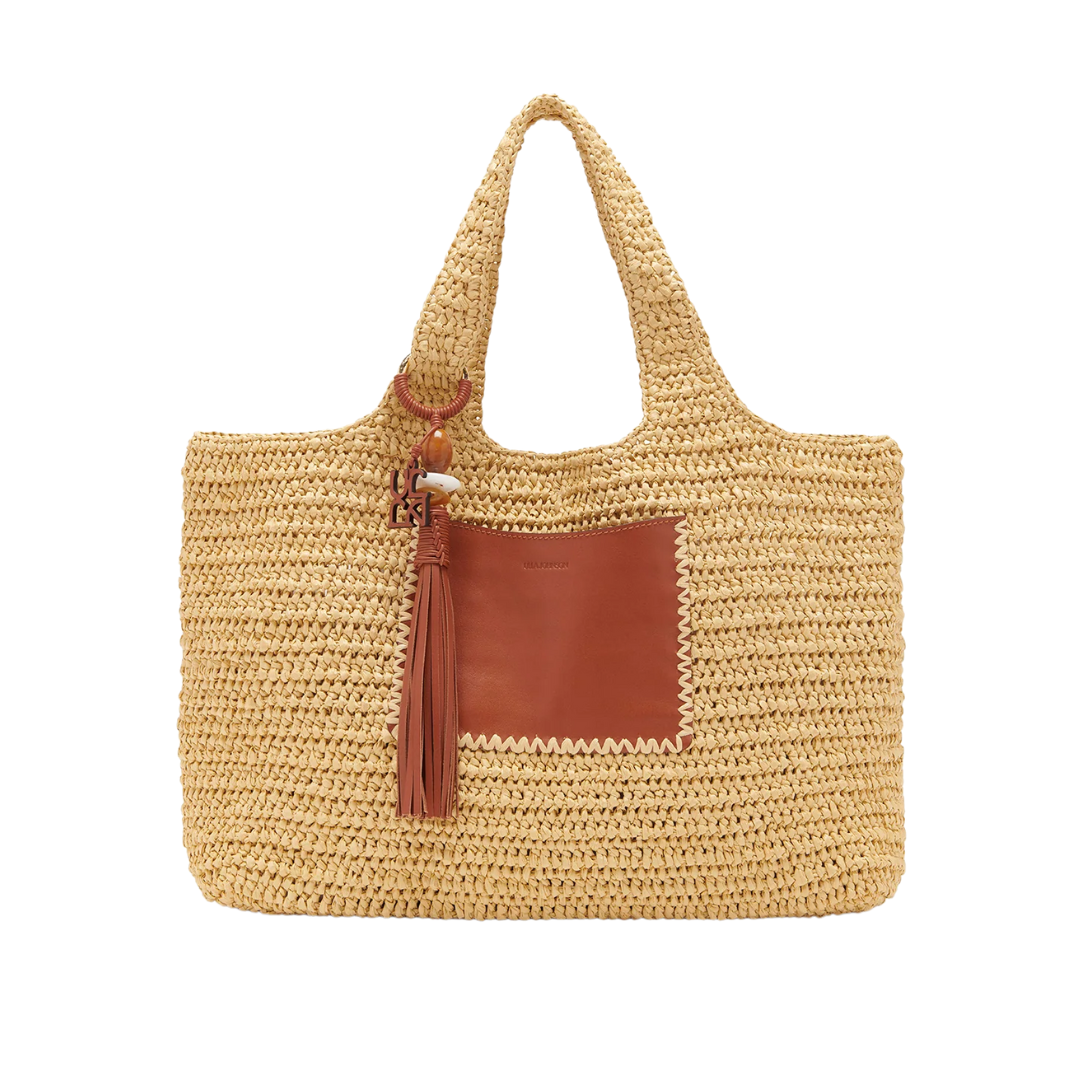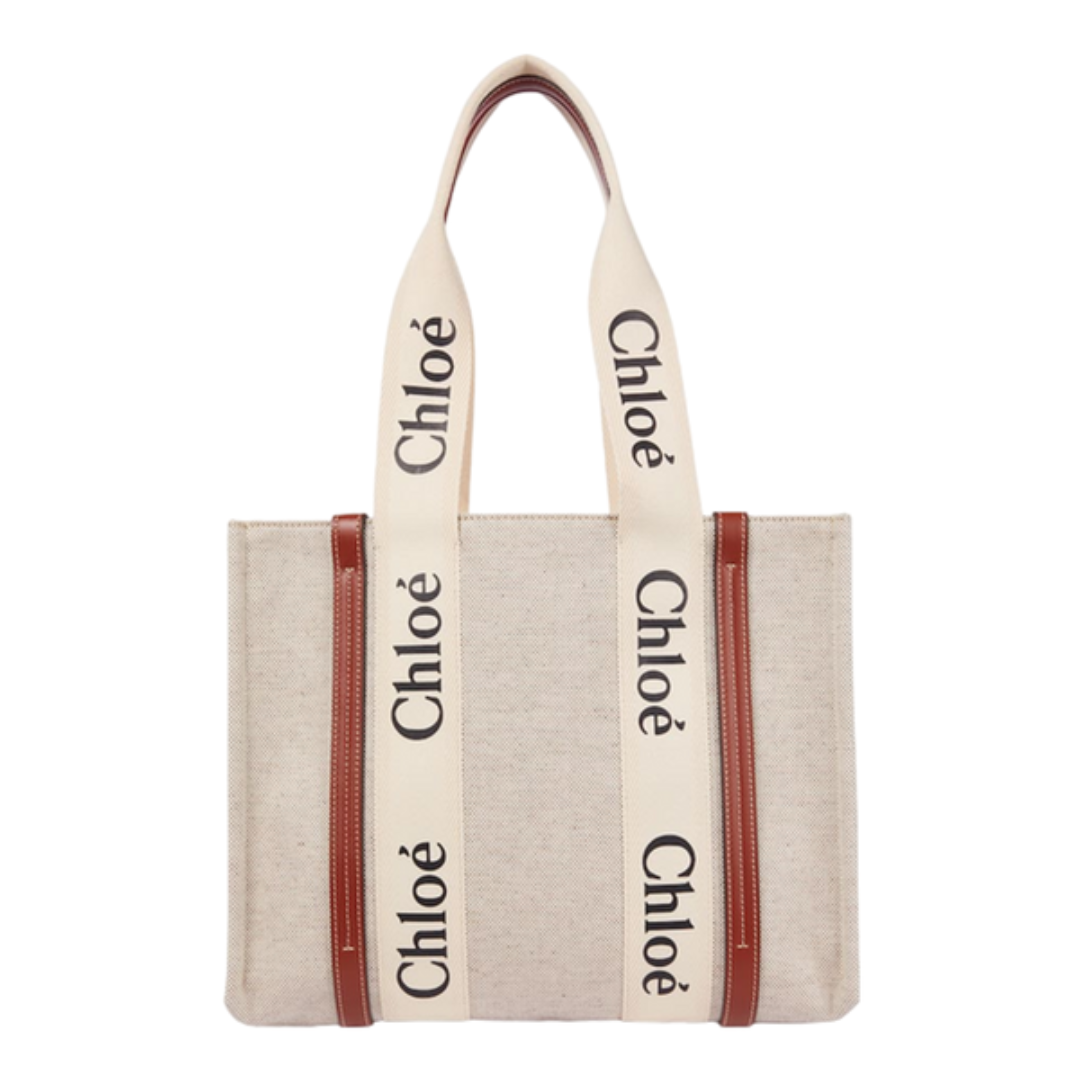Q&A With Herb Williams
As one of the world’s only artists who holds an exclusive account with Crayola, Herb Williams is a paragon of avant garde, using the colorful, iconic sticks of colored wax we all used as children as his medium. But, beyond the nostalgia and charm of crayons, Williams’ work aims to offer unexpected elements of interaction by transforming the ordinary into the extraordinary and contradicting an everyday object’s purpose and place. What began as Williams’ simple pursuit to create something different has birthed astonishing sculptures that are both familiar and exquisite, playful and serious. And nothing short of magical.
1) How has your upbringing and education in the South influenced your work as an artist?
I feel most rooted and calm in the pecan orchard I grew up in back in Autauga County, Alabama. There were lovely trees and wildlife as far as you could see. So many of the themes that I draw from are based upon a direct experience or a reaction against my environment. I'm searching for a balance, between the dark and the light, the soft and the brutal. The South is an incredible place from which to be. However, it can be a very hard place to make a living when there is no appreciation of the creative culture you yearn to make and be a part of. An artist needs to be in an area where their work can be presented to the largest group possible. Small towns may feed my soul, but you have to become well-known somewhere else before settling in one. I was never taken seriously as an artist until I had an exhibit at a gallery in NYC. Nothing changed about me, or my work; just a broader perception that I was better. New York was wild, but I couldn't vibrate at my top speed 24-7 and live close enough to the big trees in Central Park to be re-centered. Nashville was the friendliest, biggest, little city, or littlest big city (however you might put it). I live in East Nashville a couple of miles from downtown. It's bohemian, but getting more gentrified by the minute, and my home backs up to the Greenway on the Cumberland River, so wildlife is always walking up into my backyard. After living and working in downtown Nashville for the past 20 years, I yearn to run into a fox or a bear on the sidewalk instead of bachelorettes on pedal taverns.
2) Talk about your beginnings, how you became an artist, and how your work has evolved over the years.
As a child I would carve into the red clay hills behind my home. My Father died in a sawmill accident when I was young and my Mother, an English teacher, raised my sister and I until she married a contractor when I was 15. I was trained as a carpenter during high school, and enjoy working with my hands, which led me to sculpture. I had the best instructors at this wonderful little liberal arts college called Birmingham-Southern. One professor who really struck me as this wisened Buddha introduced me to Joseph Campbell and "The Power of Myth.” It sort of set me on the path, and opened up opportunities I had been reaching for and doors I didn't even realize I wanted to walk through. I then found a job as a casting artisan at a bronze foundry in West Palm Beach, Florida. I learned about the lost wax technique that Rodin used, and got to work in several different mediums in searching for my own style. Art to me is about ideas, and the pursuit of the next great concept. It's why I love the idea of growing old as an artist, yet your brain remains young, focused on what is the next, most exciting concept that has yet to be created.
3) You have earned international accolades and coverage because of your use of Crayons, and you are one of the few artists in the world to hold an account with Crayola. How did this practice of using crayons begin, and why is it important to you and your work?
I literally tried everything. I experimented in every different medium I could get my hands on. There was this brief period of time with explosive growth of emerging artists from all over the world who worked in unusual mediums in the late 90's and early 2000's. Art that made you do a double-take could go viral, and it just seemed that every day an artist had discovered a way to make something incredibly familiar new again. That became my search. For three years I made incredibly bad art and became the starving, dark, stereotypical artist. When I finally came to the end of my rope, I burned several of my works, drank a bottle of bourbon, and passed out. I had one of the most vivid dreams I'd ever had, and woke right up in the middle of the night, luckily with the sketchbook by the bed. Everything fell into place for me after that. I love what crayons do to the forms I create when they're covered. They have their own language. They have their own preconceptions and associations, and best of all, scent. I tried casting my own, but I felt like a fraud because I couldn't get the scent right. Appealing to more than one of the senses is the basis for being a Fluxist artist. How many people get to call themselves that? I love my life. I'm a Fluxist.
4) You are passionate about a number of critical issues facing society today, including racial injustices, gun violence, and the environment. How does your concern and passion for those issues play out in your work?
Some causes you choose, others choose you. My Grandfather was a bus driver in Montgomery during the boycotts. He quit during them. Rosa Parks wasn't on his route, but he did have donuts with MLK one Sunday morning. My mother brought me up to see the racial inequities and to call out racists. My public schools were full of redneck bullies, where I never fit in, but luckily my black friends stood up for me. I've been lucky enough to work with strong black artists whose work is getting the national exposure they deserve. The gun violence issue is still too tragic and personal to put into words, but imagine the worst, and then invite it home. The environment and wildlife are my constant inspiration and solace, so working to preserve them seems selfish, really. It's a delicate balance creating work that you believe in while not becoming too literal or preachy, but it's also a particularly lovely rabbit hole to find yourself in.
5) Do you have any upcoming projects, goals, or explorations that you are particularly excited about?
I won the public art commission to create six large scale sculptures for Concourse D in the Atlanta International Airport. It's a lot of work which I have thrown myself into and anticipate taking over a year to complete. Currently, I'm sculpting a life-size campfire that is covered in crayons. Just looking at it makes me happy.
6) List three things about yourself, as a human being and artist, that you think it’s important people know and understand.
I never thought I would live this long, but I'm so very grateful to be on this ride. My children are the most incredible, humbling work of art I've ever had the privilege to be a part of. I miss dancing at live concerts—the physicality of dancing brings me so much joy. I was actually the state champion Flamenco dancer two years running in high school.
Herb Williams is represented by SOZO Gallery in Charlotte, North Carolina. For inquiries and more information, please contact Hannah Blanton, Owner, at hannah@sozogallery.net. Images courtesy of the artist.

